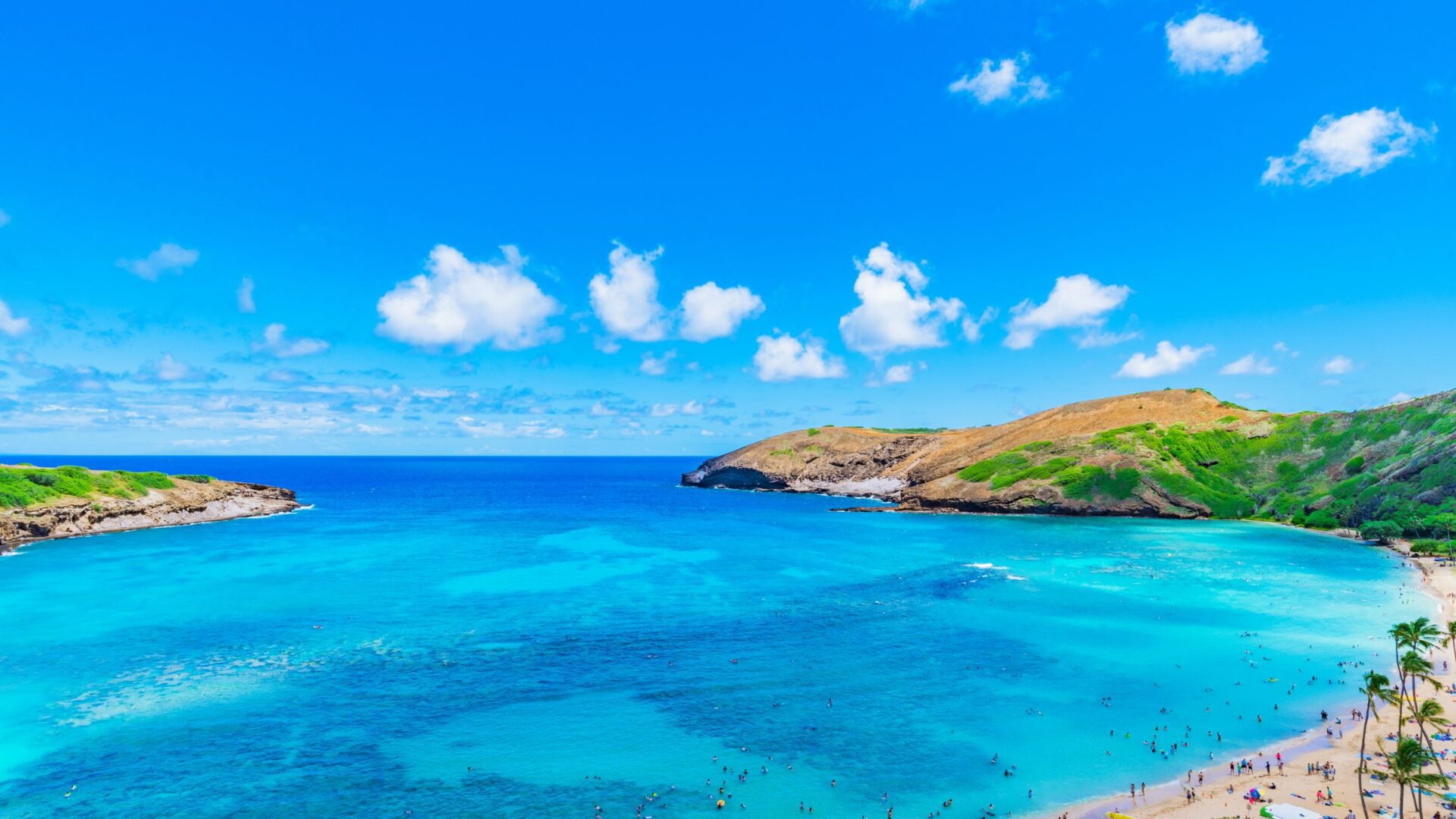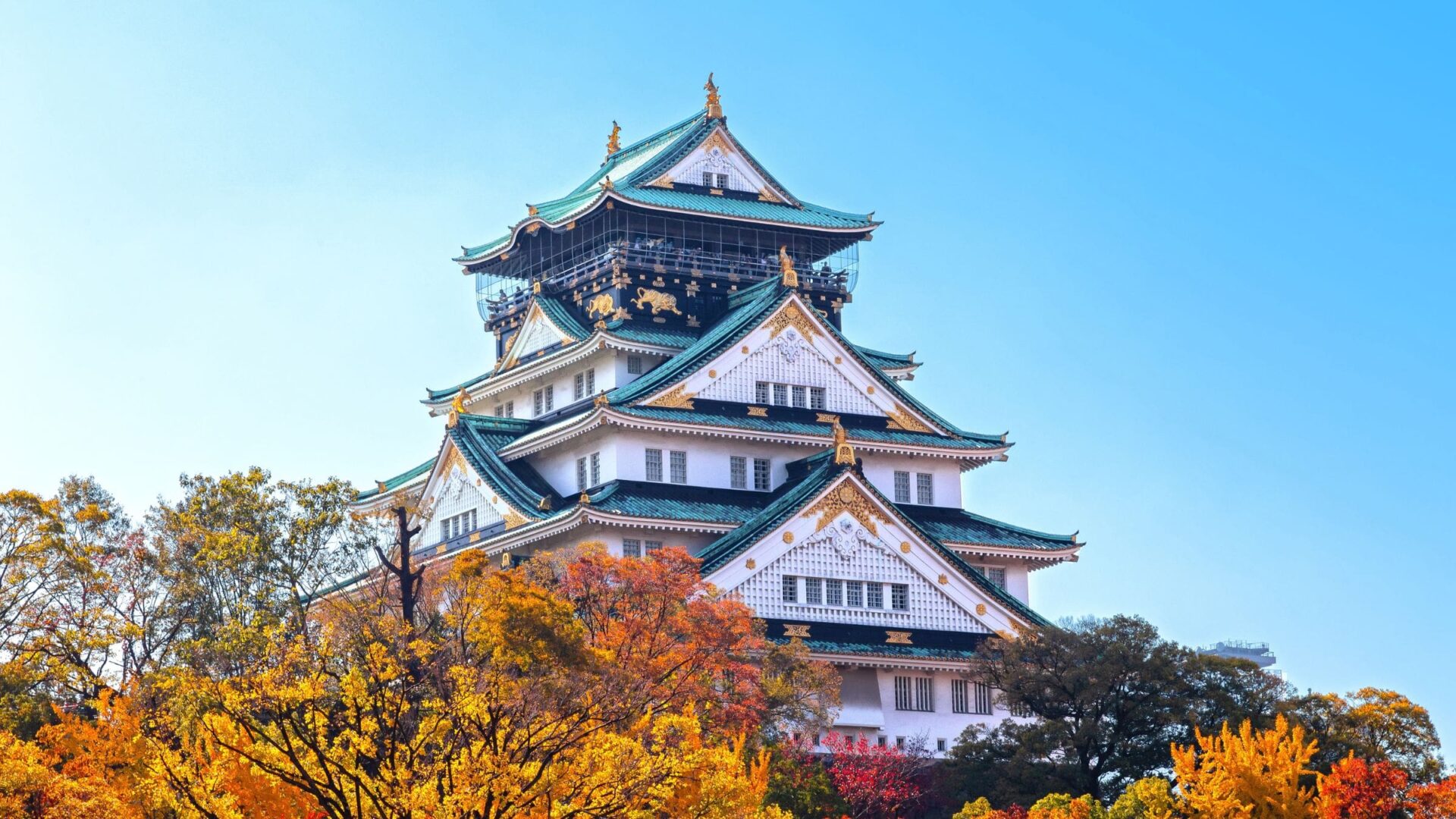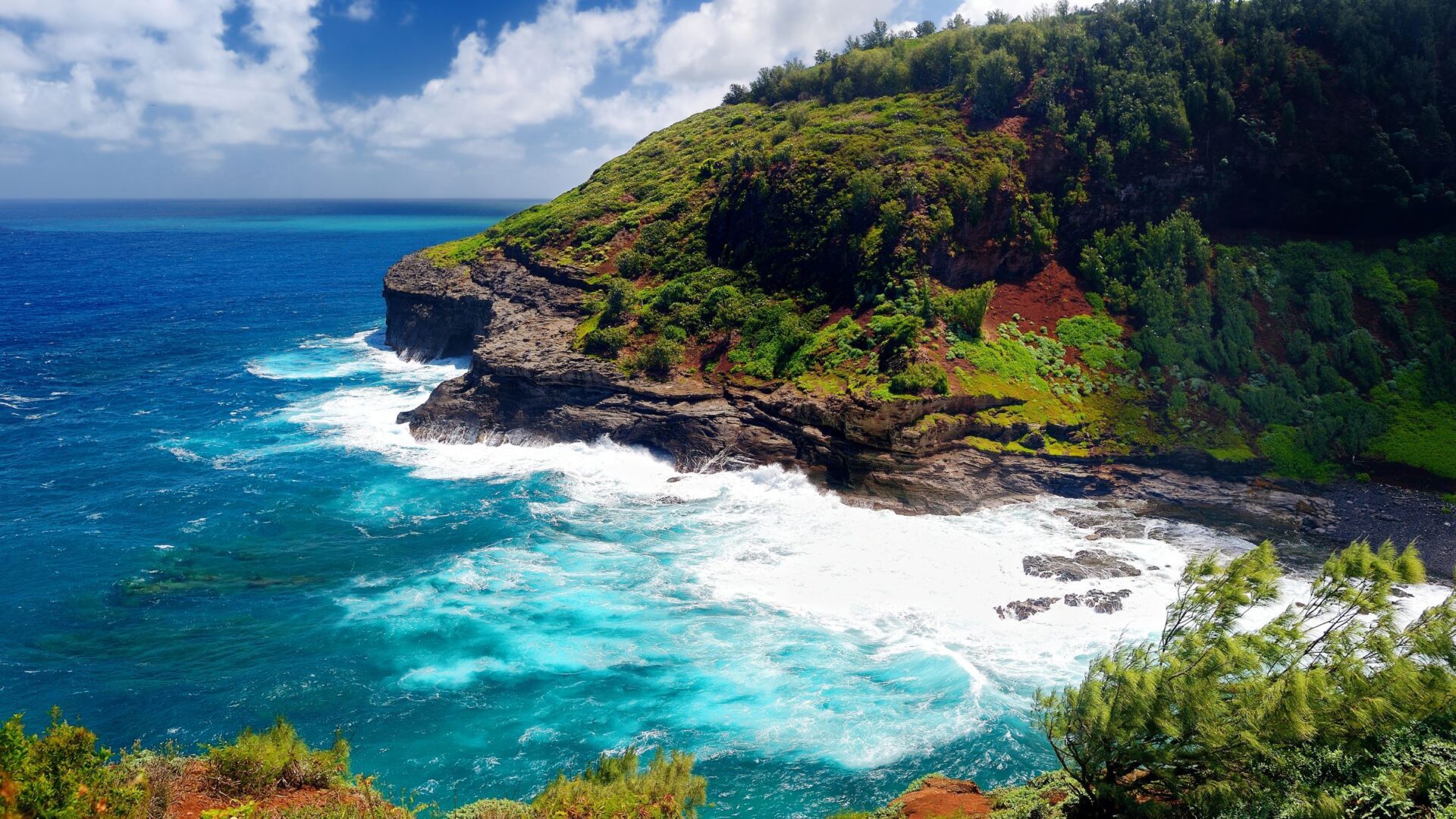The French scholar Charles de Brosses coined the name Polynesia in 1756, from the ancient Greek words for ‘many’ and ‘islands’. Modern-day Polynesia is made up of more than 1000 of them, spread across the central and southern part of the Pacific Ocean. The territory fits neatly into a triangle shape, with Hawaii, New Zealand and Easter Island in its corners. The main groups of other islands within it are Tonga and Samoa, Tuvalu, Wallis and Futuna, and French Polynesia.
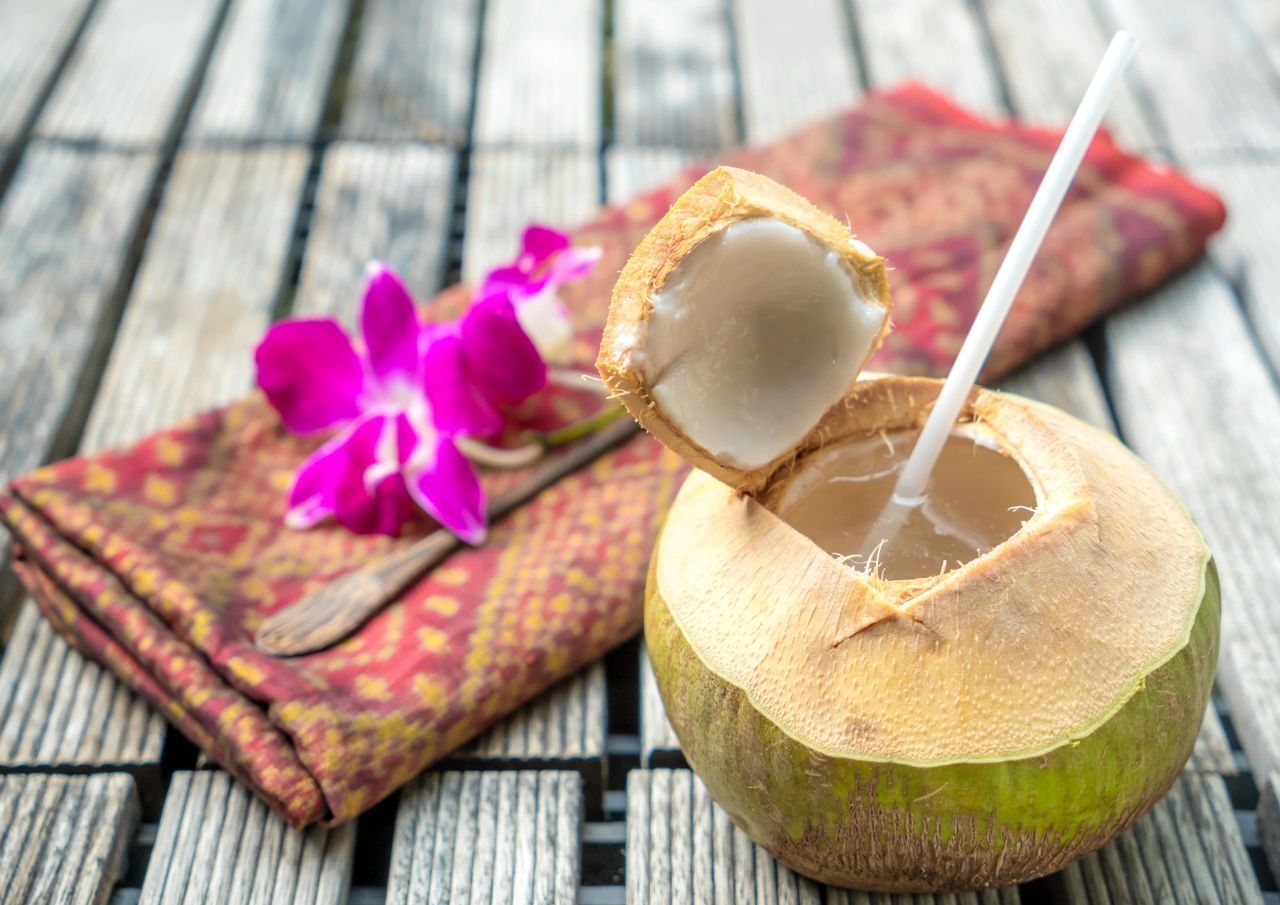
Traditional Polynesian food relies on an abundance of fresh ingredients from the land and the sea. The islands are a paradise for tropical fruits, with the ubiquitous coconut hard to miss in dishes both sweet and savoury. Young coconut contains a sweet, clear liquid – coconut water – that makes a refreshing drink, and the flesh of ripe coconuts is pressed to give thick, creamy coconut milk. Mangoes – dubbed ‘Polynesian peaches’, they’re so juicy there – papaya, pineapple, guava, passion fruit and banana all bring their sweetness and flavor to fruit salads, desserts and even savory foods.
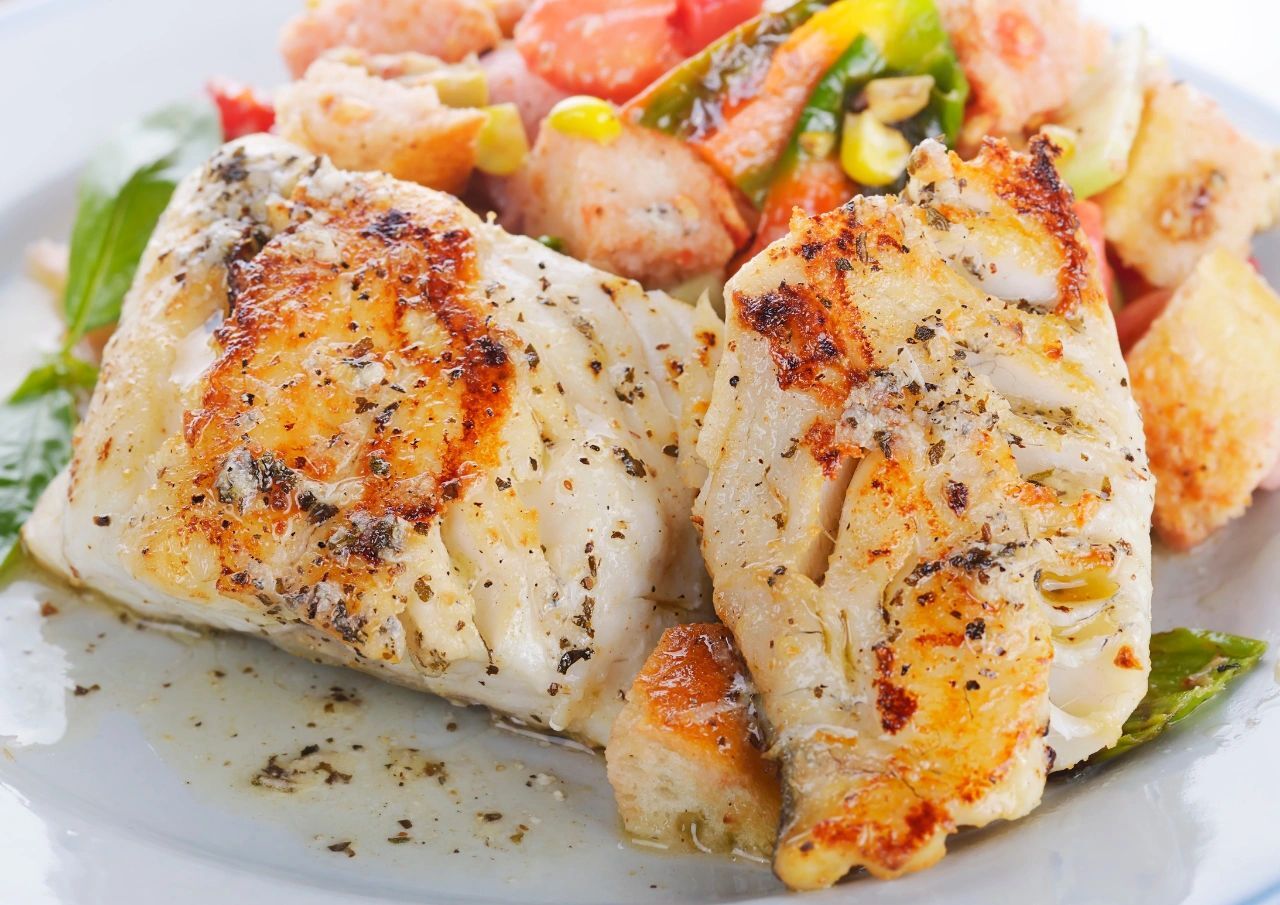
“Ulu”, or breadfruit – so named because it resembles bread when toasted or fried – is a staple often cooked in accompaniment to fish, sea food, or even meat. Other main stomach fillers are yam, which brings its nutty, sweet taste to the table, and taro, ‘the potato of the tropics’, another mildly sweet tuber. Sweet potato and cassava also add substance to a meal, and will leave you feeling pleasantly content and drowsy. All are delicious simply baked, or in more gourmet style, lavishly drenched in coconut milk.
Raw salads in Polynesia are a culinary contribution from Europe, and most ingredients are imported. But rich, green cassava leaves make a nourishing side-dish, and fafa, or tropical spinach, mildly bitter-sweet, accommodates any dish.
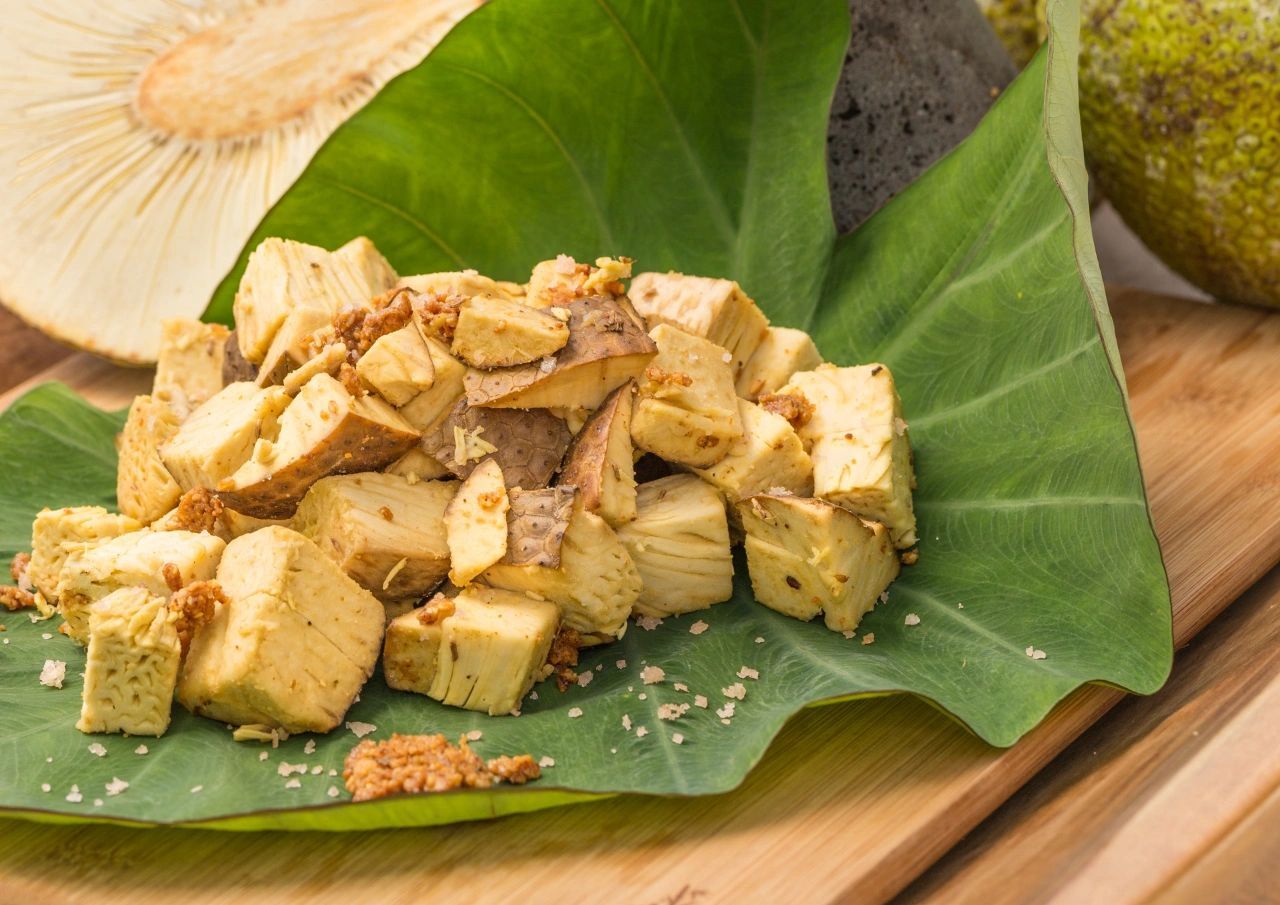
The sea is the other great provider for Polynesians, and fish and sea food are the main source of protein in the Polynesian diet, as well as its greatest delicacies. The clear lagoons near the shore provide many of the mainstays of traditional cuisine – red mullet, scad, and parrot fish. Ocean fish such as tuna, the subtly flavored mahi-mahi, and swordfish will also grace your dinner plate, in a variety of guises.
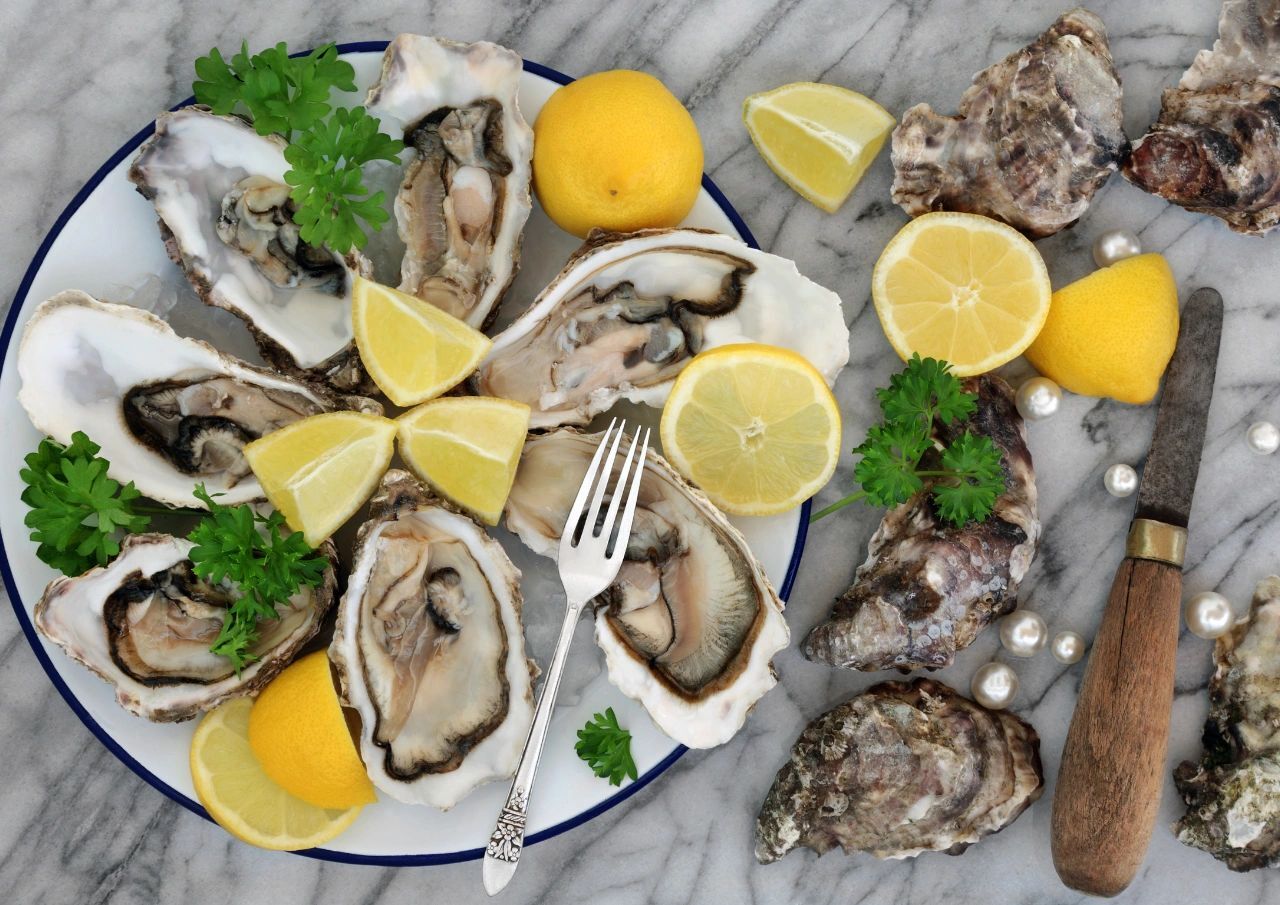
Polynesian sea food alone would make a trip there worthwhile! Freshwater shrimp, sea urchin, oysters, sea snails, octopus, crab, lobster and shellfish all feature regularly in appetizing treats and are not to be missed.
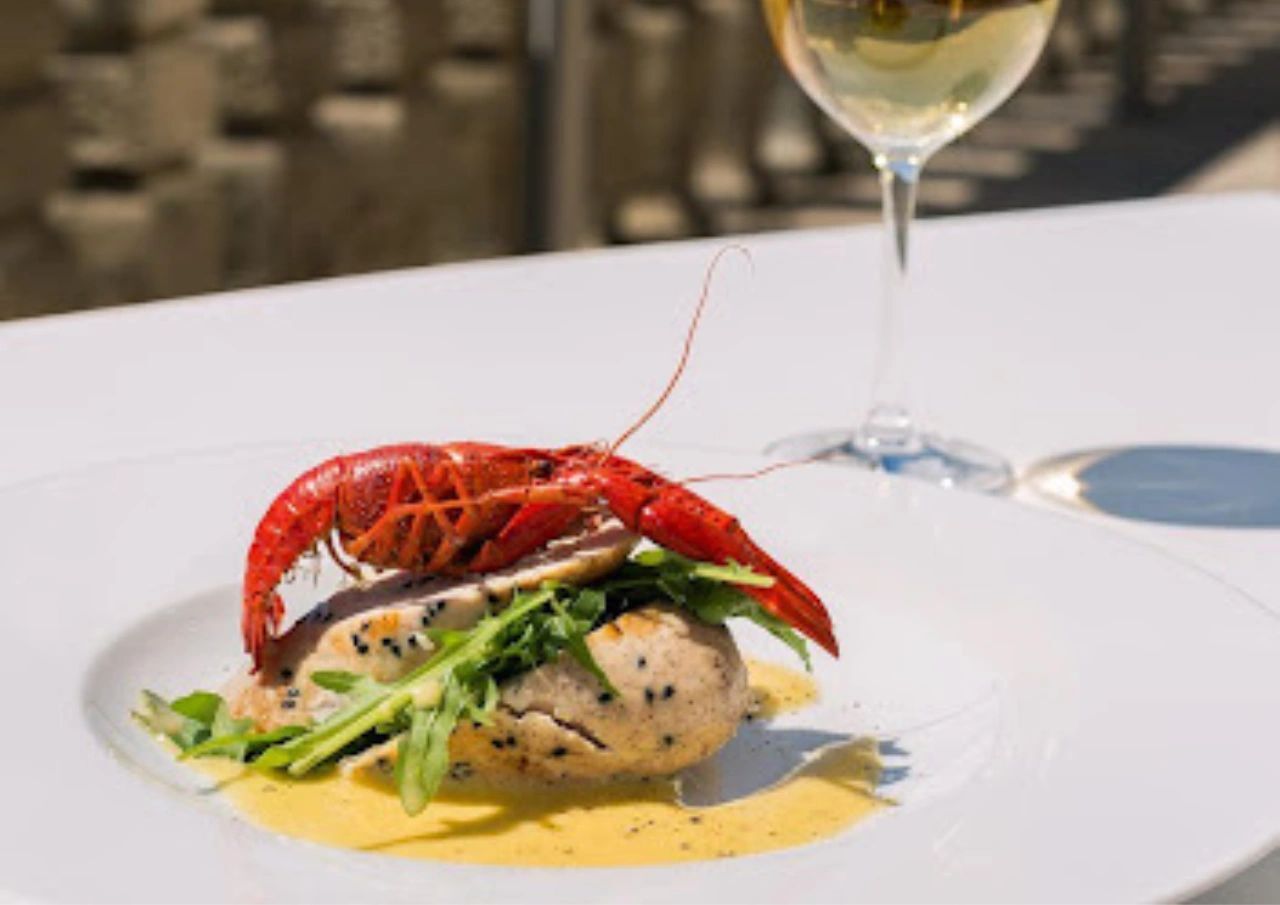
Typical seasonings include ginger, lime and tamarind, often added to coconut milk. The signature spice of Taha’a island, vanilla, is also used to produce the refined and subtle tastes of lobster in vanilla butter, or freshly grilled fish dribbled with vanilla sauce.
To this harmonious array of tropical fruits, vegetables, tubers and home-grown carbohydrates, and the treasures of the sea, are added foreign ingredients and influences. The first Europeans arrived in the 18th century, and not long after, Chinese laborers came to work on the plantations on the islands, (coffee, sugar cane, vanilla, and fruit). French cooking brought butter, cream and wine, but also crêpes and bread, while Chinese cuisine contributed soy sauce, noodles, steamed buns, stir-fries, and more, and all outsiders brought meat – which was not a large part of local diets.
Modern Polynesian food is an exciting blend of all of these, and includes tantalizing fusion cuisine such as green papaya gratin, or crab in butter sauce. Polynesians love their food, and they’ll insist you don’t miss out on any of the local fare, from simple roadside snacks to the best fine dining, with sweets and puddings in between.
But the uniqueness of the dining experience in Polynesia isn’t just about what you eat. It’s also about how the food is cooked. Few things taste more divine than fresh fish stewed for hours in its own juice, slowly soaking up the spices wrapped with it in a banana leaf, inside an earth oven. This most ancient and traditional cooking method matches the pace of island life – nice and slow! And the acidity of citrus ‘cooks’ fish to a treat! Tuna is never more tender then when simply marinated raw in lime juice and ginger.
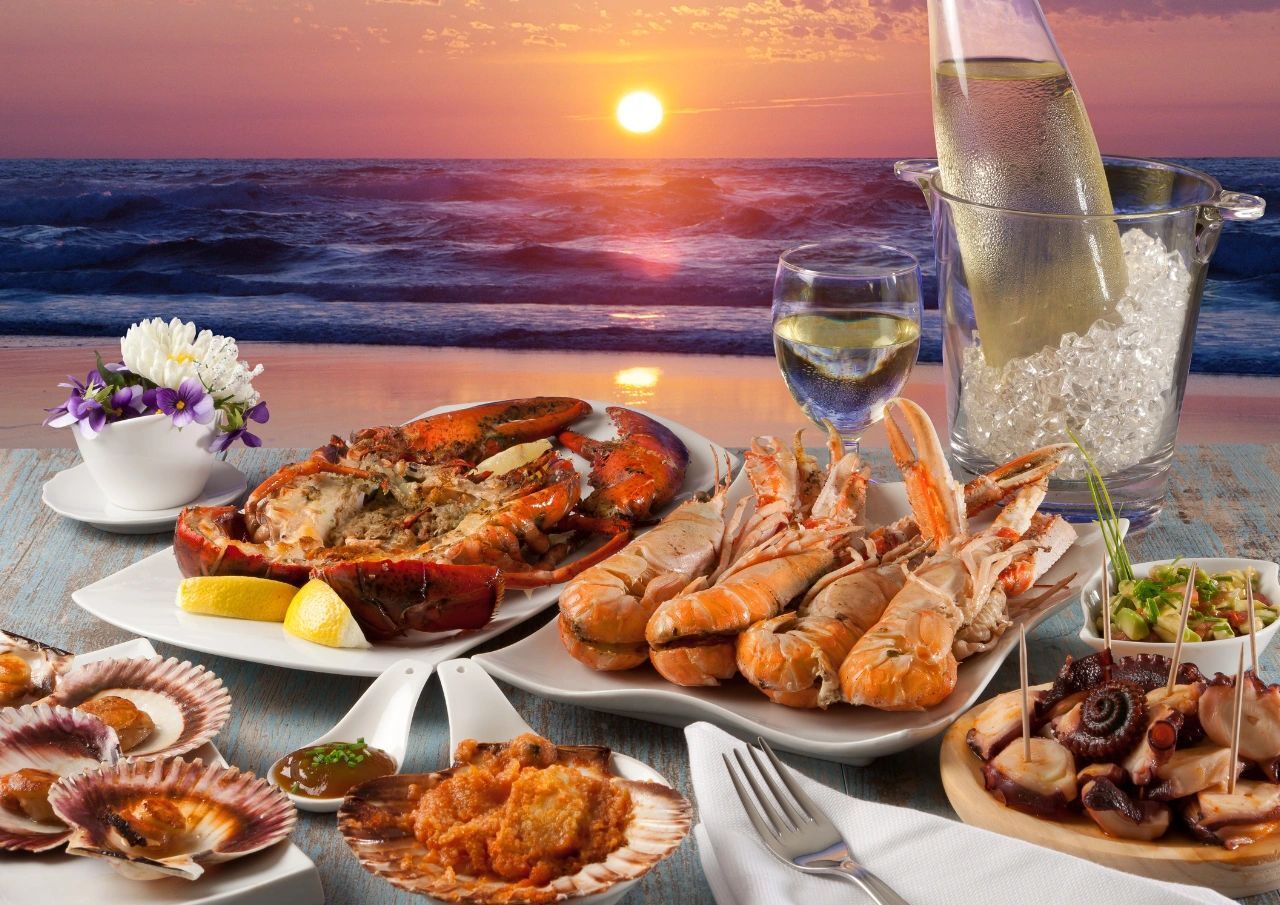
And then, of course, there’s how you eat. Fine restaurants by the beach or overlooking lagoons give diners supreme delight. But you wouldn’t want to miss humble food carts, or evening street food which offer gargantuan quantities of popular local dishes. Dinner on a plastic table-cloth is part of the fun, when you can sit with the locals and get a meal for a pittance! Street food is in some ways less traditional, and includes quick options – a huge baguette sandwich, or a sweet flambé crêpe with rum. But as the every day, simple food of ordinary Polynesians, it is also very authentic.
The most spectacular dining in Polynesia, however, is feasting! Whether it’s a Hawaiian Luau, or a Tamara’a in French Polynesia, Polynesians love festive gatherings and celebrations around plentiful, mouth-watering food. These usually bring together the best of both worlds – a variety of meats (mostly imported from New Zealand), and the most succulent local specialties. The astonishing spread of food alone is a sight for sore eyes.
Across Polynesia, the multiple variations on the theme of island food will delight your senses and leave your taste buds wanting more. Here are some of the dishes to try at all costs!
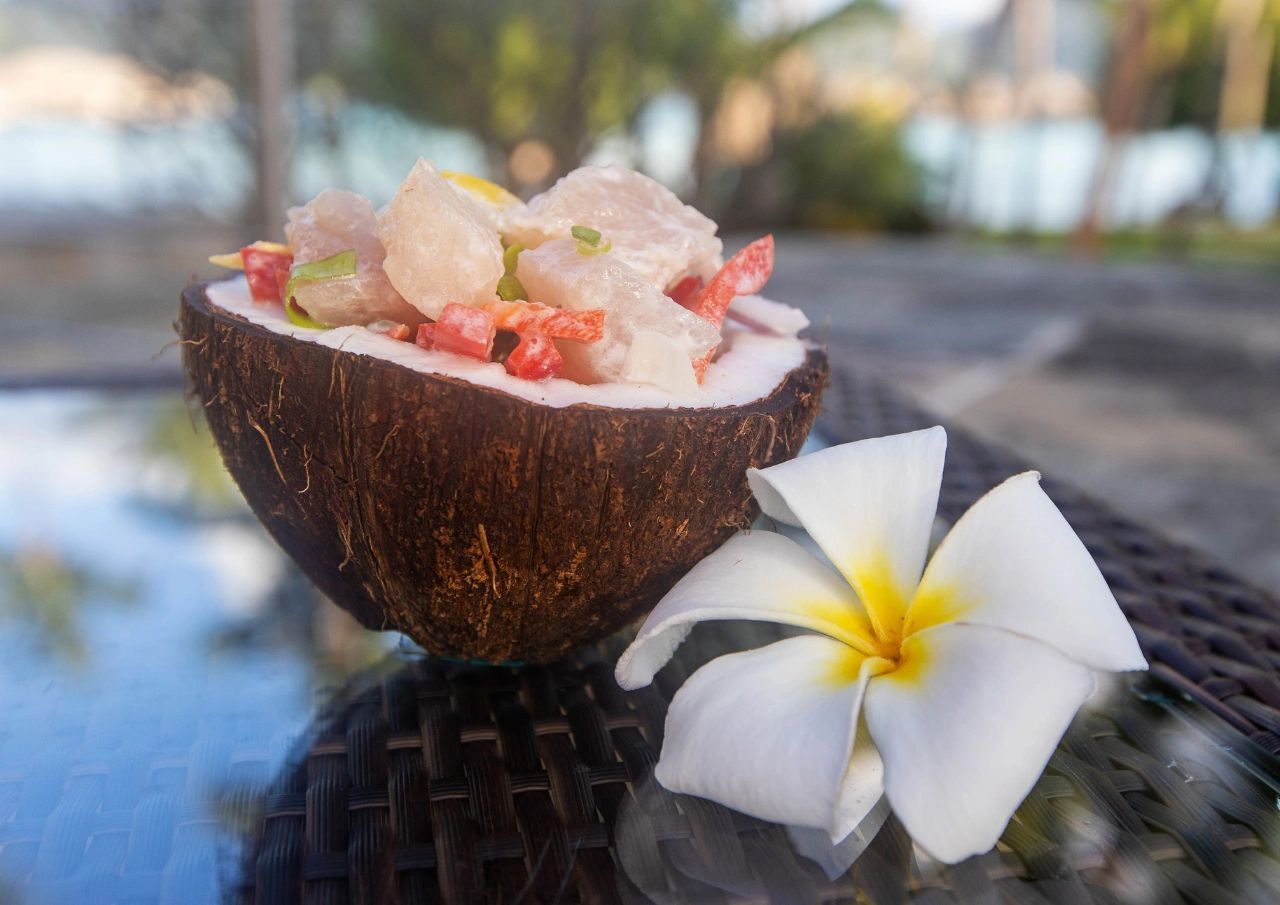
Poisson Cru
Literally ‘raw fish’, poisson cru is the unofficial national dish of French Polynesia. Freshly caught fish, (often yellowfin tuna), is sliced into fresh lime juice, to marinate. Once tenderized by the juice, coconut milk is added, often with onion, tomato and cucumber, to provide a bit of crunch. You’ll find poisson cru anywhere, and at any time of day. Shellfish are also served sashimi style – korori, made with pearl oysters, has a particularly subtle flavor.
Chevreffes
Chevreffes are freshwater shrimp, slightly sweet and so tender they melt in your mouth. They are gently cooked in coconut milk, seasoned with vanilla, and are possibly the closest thing to a savoury dessert you’ll ever come across!
Ahima’a (Kālua in Hawaii)
This refers to the method of cooking food in an earth oven, but also, by extension, to the aromatic and steaming food that emerges from one, piping hot and ready to eat! Earth ovens are often used when making large amounts of food for festivals and gatherings. Volcanic stones are placed in the bottom of a pit, and covered with wood and coconut husks. These are burned to heat the stones, which are then lined with banana leaves. Meanwhile, the food to be cooked is seasoned and dribbled with oil, then individually wrapped in more banana leaves. It is then placed in the oven, covered with earth, and left for literally hours!
Traditionally, fish, breadfruit, plantain or tubers, vegetables and even coconut flesh would fill an ahima’a, but nowadays, pork and chicken also get the earth oven treatment, and come out tender and succulent!
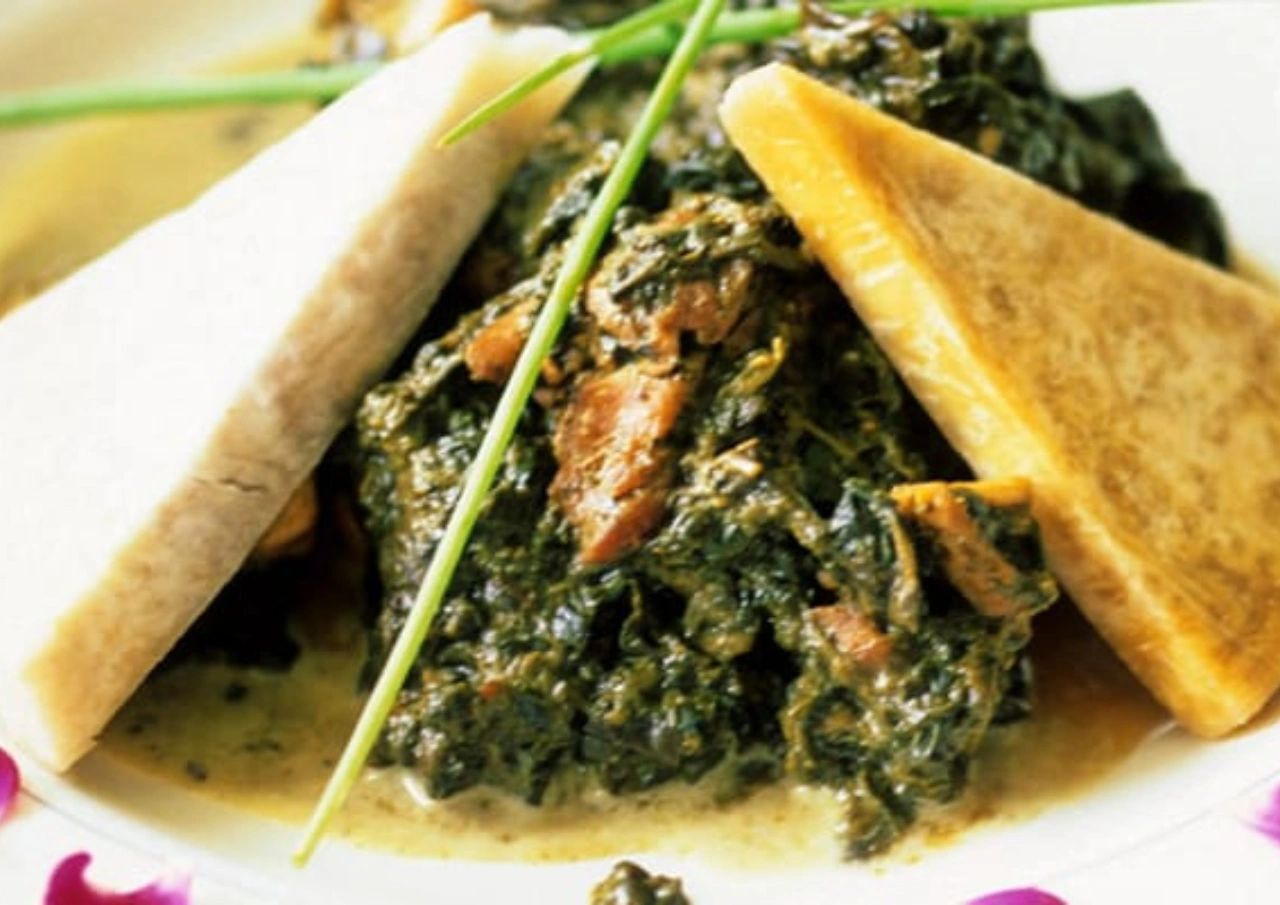
Coconut Curry
Polynesians don’t have much of a palate for spicy food, so unsurprisingly, this is a mild curry, with a coconut milk and fresh turmeric base. In Fiji and Samoa, meats such as chicken or beef are nicely stewed in the rich sauce, alongside taro leaves. In Tahiti or Moorea, however, more likely ingredients are lightly broiled shrimp with cassava greens.
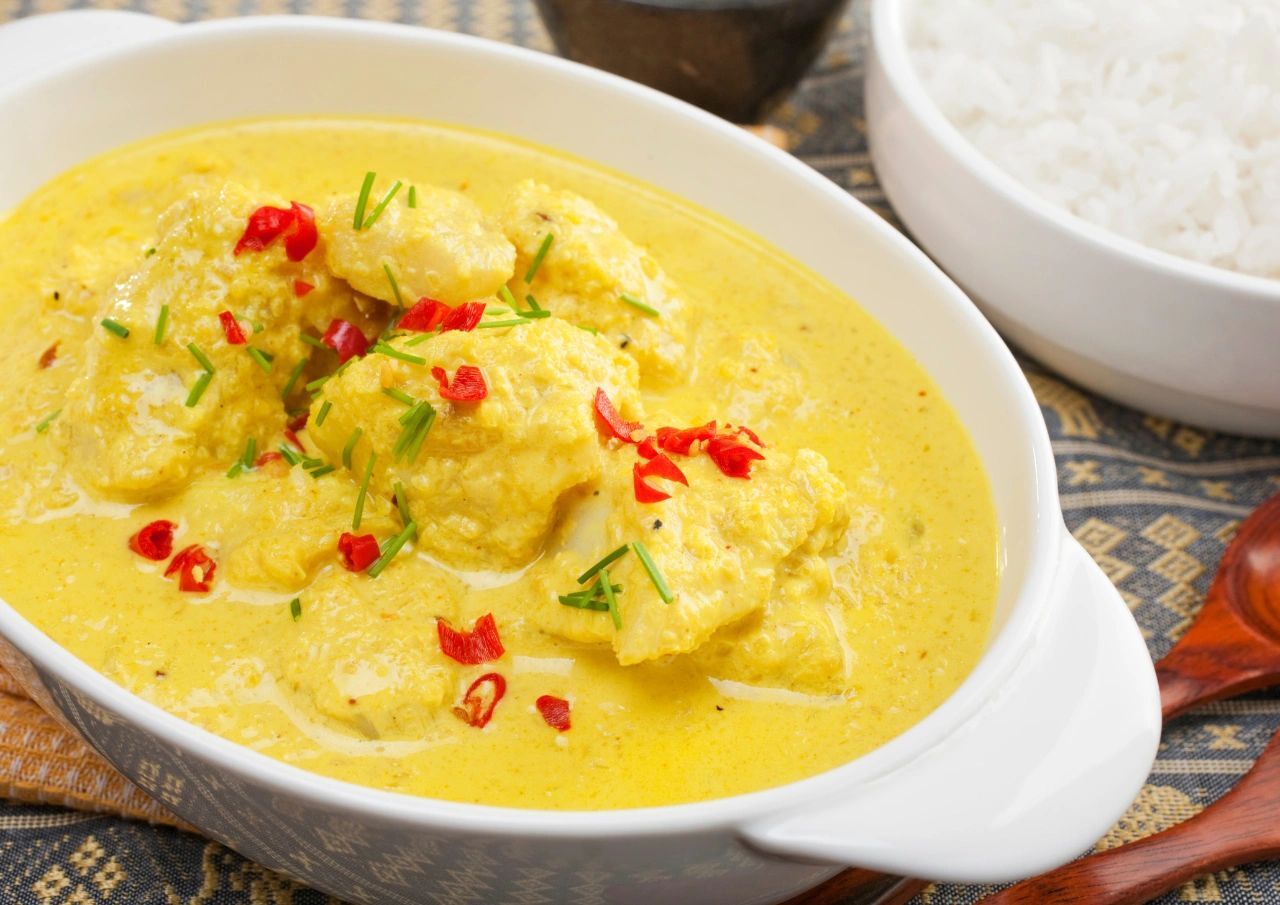
Poulet Fafa
While the Polynesian diet has never been very carnivorous, and almost all the meat nowadays is imported to the islands, Polynesians have for centuries raised chickens, pigs and goats in small numbers. Poulet Fafa is one of the most fantastic ways to each chicken anywhere. The chicken meat is cooked in an ahima’a earth oven, with spinach, onions, garlic and spices, all thrown together into coconut milk. Make sure you find out what all the fuss is about!
Street Food and Snacks
There would be much to say about these alone, and street food is perfect for a quick snack or meal you can hold in your hands! While food in Polynesia is traditionally cooked slowly, the meals sold from street stalls are served up on the spot, and won’t keep you hungry and waiting. They’re also much more influenced by foreign food. Chinese noodles, wonton dumplings, chow mein (including chowmein sandwiches!) are local Chinese-style favourites in French Polynesia. As is green Papaya served with sugar and chilli powder – a rare spicy treat.
Crêpes – either sweet or savoury, and enormous baguette sandwiches filled with fish make quick lunch options. And pizzas laden with mounds of toppings are ubiquitous. Needless to say, poisson cru is never far away either!
Sweet Foods
While there is much sweetness in island life already, it would be a mistake to think that local Polynesians don’t have a sweet tooth! Here are a few treats you’ll want to try.
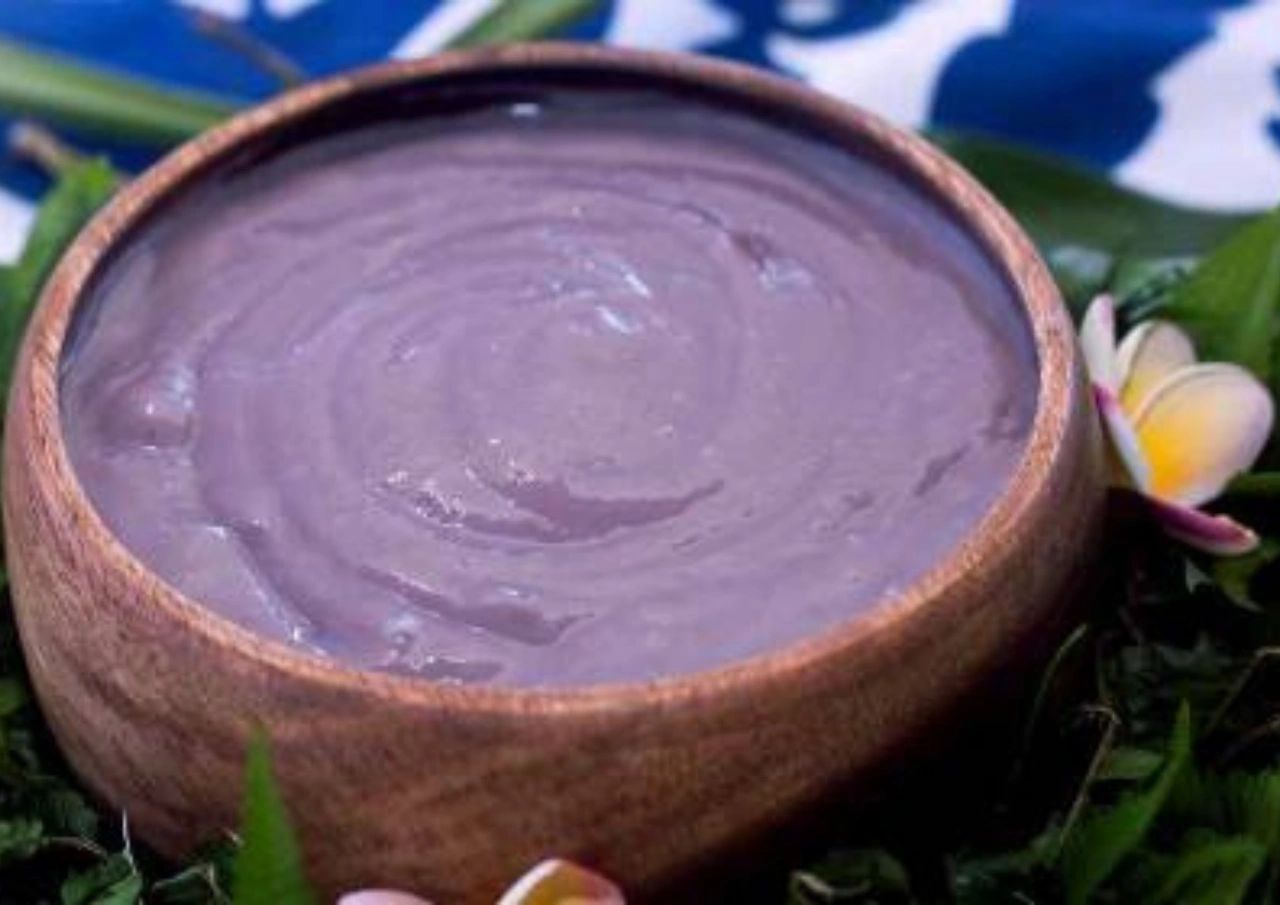
Poi or Popoi
Poi is a traditional, every day dish in Polynesia, that looks like a thick, sticky porridge. It is usually made from breadfruit or plantain, or tubers like taro. The cooked ingredient is then thoroughly mashed to form an even paste. Naturally mildly sweet, cane sugar is often added to Poi too. If left to naturally ferment, it begins to set, much like plain yoghurt.
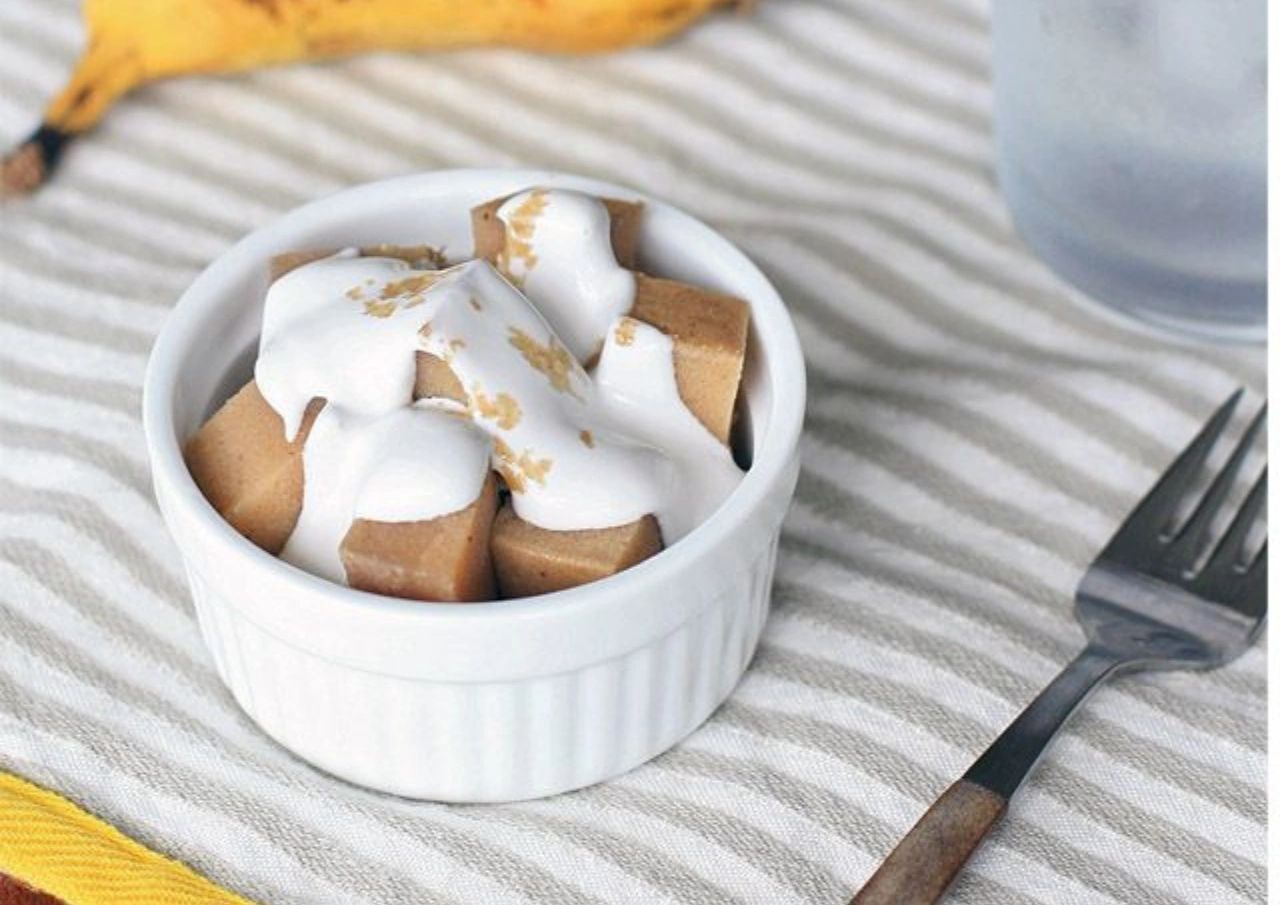
Po’e
This Tahitian fruit pudding is not to be confused with Poi! Traditionally, arrowroot is added to a banana puree sweetened with brown sugar, and the mixture is then baked, often wrapped in a banana leaf inside an earth oven, until firm. Nowadays mango and papaya Po’e are also made, using corn starch as a binding agent. Another variant is the same pudding made with taro or pumpkin, sometimes with a hint of vanilla. But none are complete without a generous splash of coconut cream – and all are equally delicious with it!
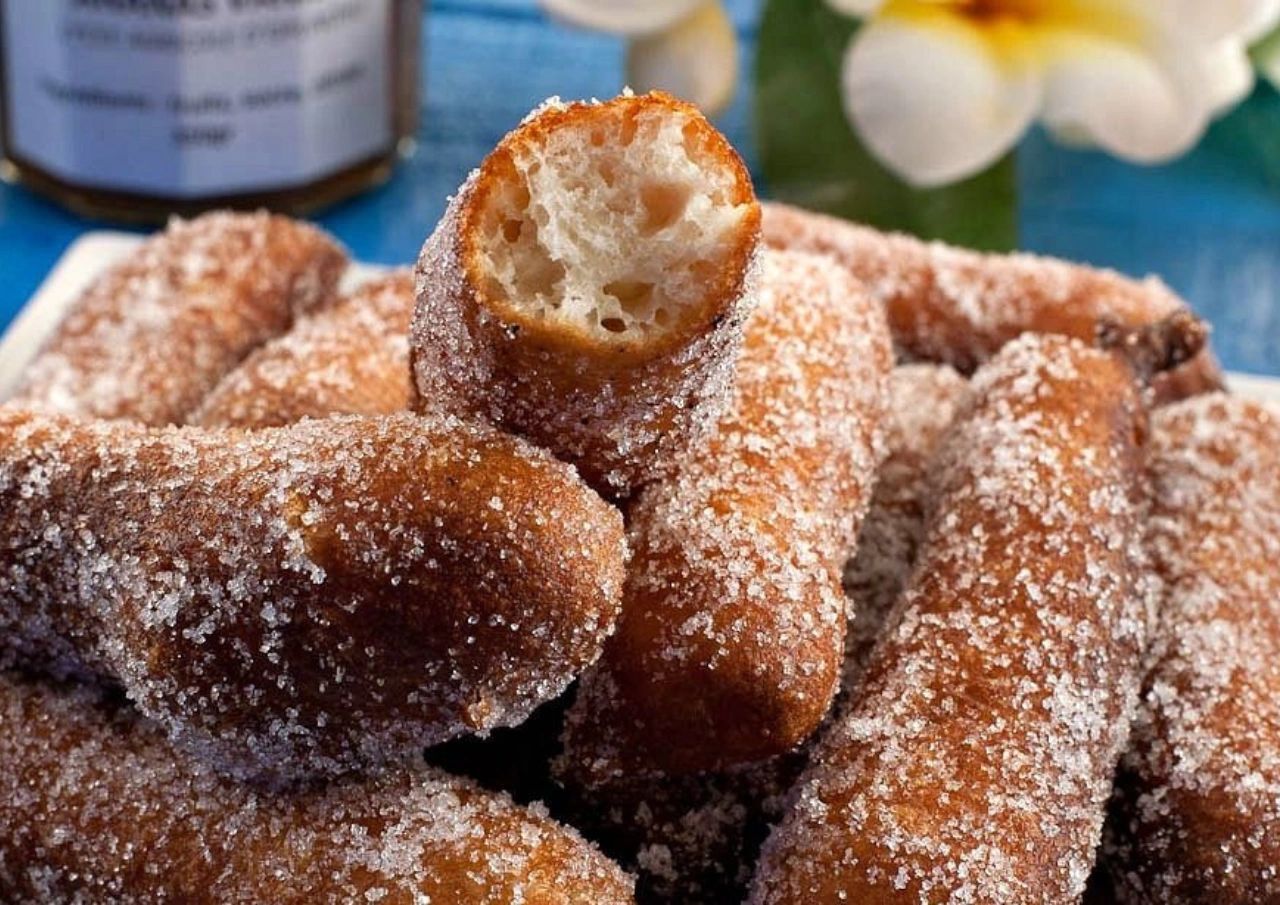
Firi Firi
Firi Firi is best served absolutely piping hot, straight from the oil in which it is fried. Strips of sweet dough are soaked in coconut milk, before being fried until nice and crisp. Firi firi is a typical breakfast food, and can be dunked in local coffee, or hot chocolate, much like Spanish churros.
Kato
If you want the taste of Firi Firi with less oil, and as a small snack, Kato biscuits will hit the spot. They’re also wheat flour and coconut milk, but baked to a crunchy consistency, and perfect with a small, black Polynesian coffee.
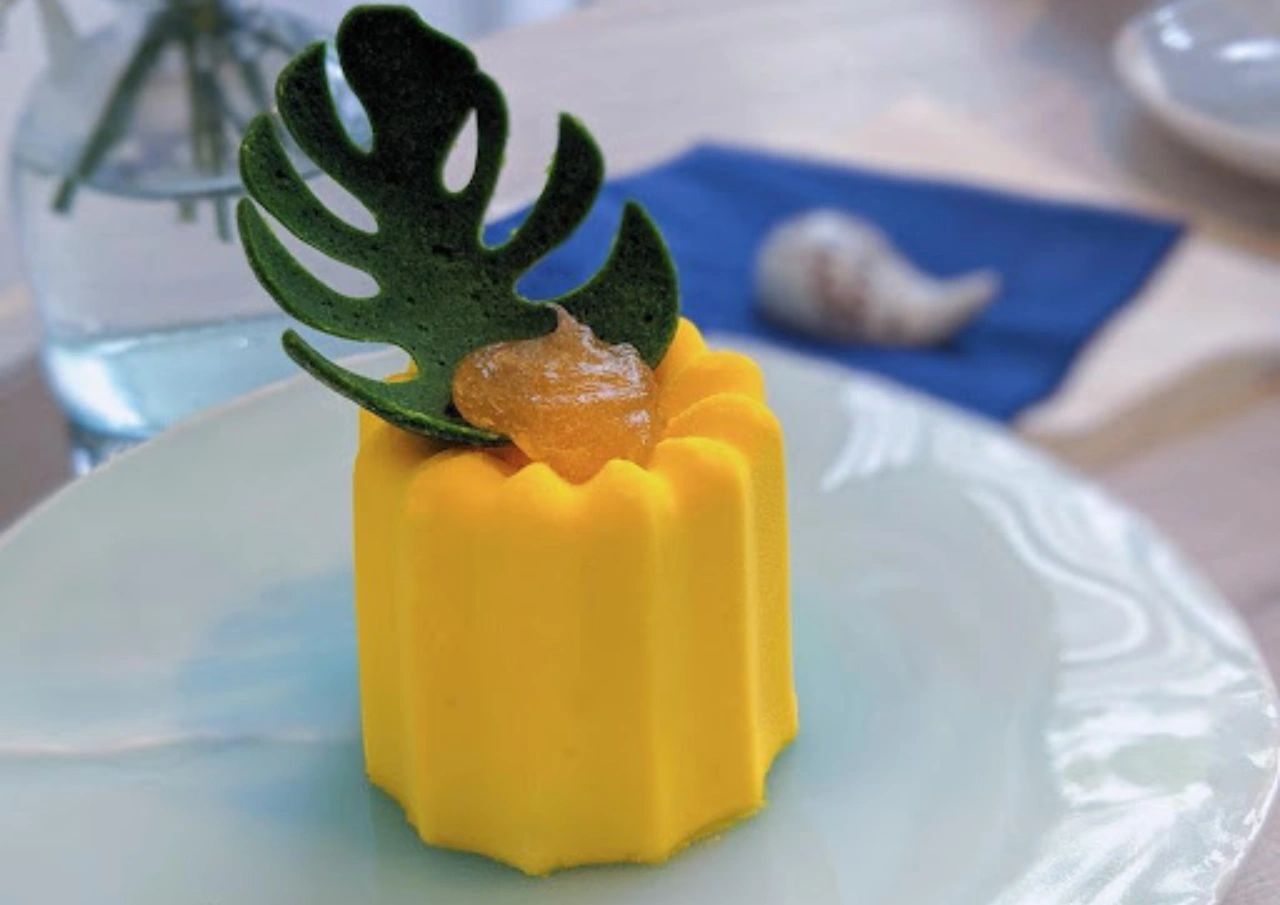
If you take a vacation in Polynesia, be prepared to put on a couple of pounds! And you’ll broaden your food horizons too. Discovering new foods is a big part of any great trip, and Polynesian offerings won’t disappoint you. In fact, you may find yourself coming back for more!Polynesia is a big and varied territory, and when it comes to traveling there, you’ll be spoilt for choices of locations!
—
If you are planning a journey to Polynesia, but are unsure which destination would be best for you, please reach out and let our experts guide you! We’ll be happy to suggest options – and to help organize your journey once you make up your mind! Contact us today!


